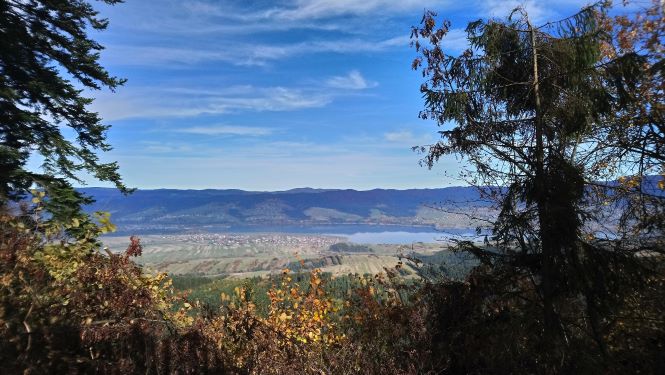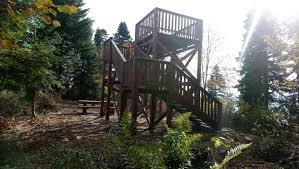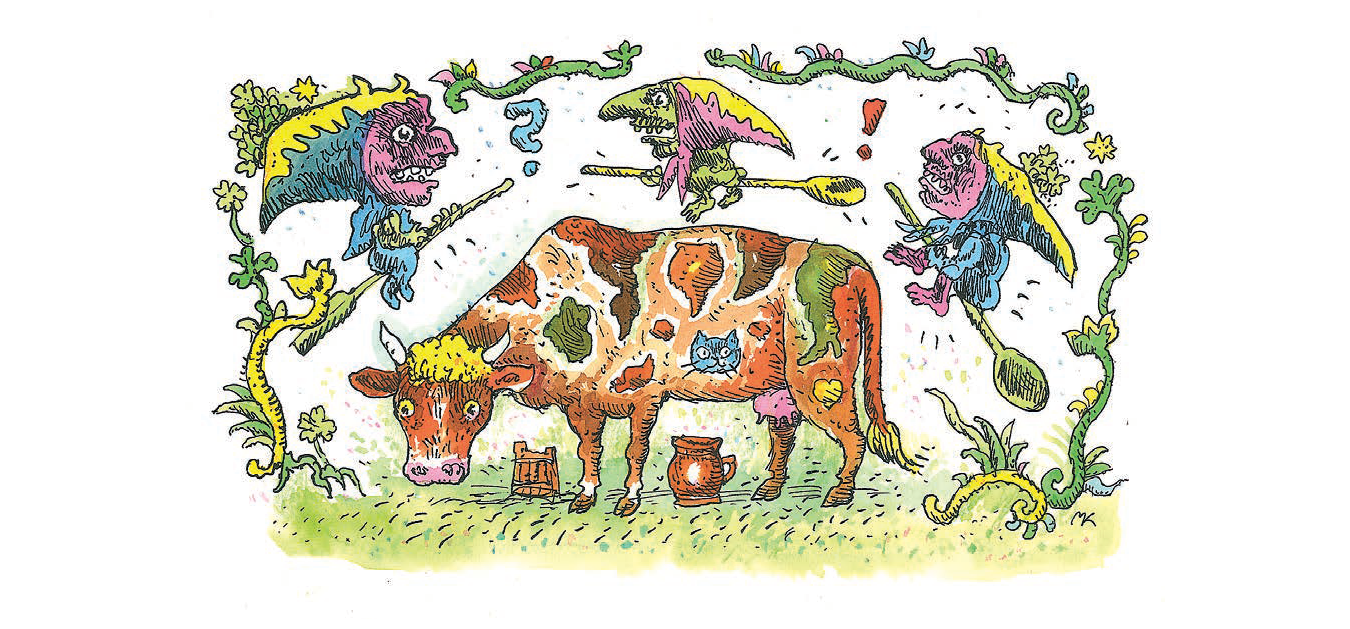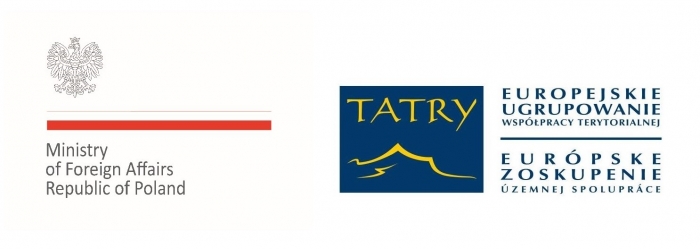The culture and nature of Polish-Slovak Spisz
There is no denying that our approach to tourism has changed a lot. Whether for better or worse is an individual judgement. In the past, all you needed were good shoes, a backpack with a sleeping bag, something to eat and a change of clothes. It was great if you had a map of the area you were going to wander which isn’t that obvious, because, at one time, such maps were quite a rarity. You wandered along the trails with all your senses absorbing the stimuli of the surrounding wildlife. And that was enough. We used to spend the night in hostels, or sometimes at a good farmer's house in a barn on the hay. Now we demand more – we want comprehensive information and additional attractions.
The border municipalities invest in infrastructure and other things to attract tourists. Łapsze Niżne may serve as an example. It is there that the Spisz Loop was created – a hiking and cycling trail on the Polish-Slovak border in the Spisz region, which is part of the Route Around the Tatras. It is over 62 kilometers long, sometimes quite challenging, but designed to show as much as possible – with added terraces with panoramic views of the Tatras and the Pieniny Mountains with the Three Crowns peak. There are special parking places, where you can even stop for a longer time for a barbecue. The next step was to provide tourists with information. As part of the project “Man in the culture and nature of Polish-Slovak Spisz”, information boards were placed in each of the ten villages in the municipality, listing the local attractions and facilitating the planning of trips with the estimated times you need to reach them.

 fot. arch. beneficjenta
fot. arch. beneficjenta
There are also panoramic boards showing mountain ranges and descriptions of the peaks. There are also additional attractions for those who set out on the trail – a viewing tower has been built on the Góra Żor mountain, 883 above sea level, and telescopes have been installed in the most beautiful places. When planning a trip, it is worth reading the guidebook published as part of the project. It can be found HERE and it contains a bit about nature, a bit about history, a bit about the dialect of the region and some folk tales – beautiful goddesses, planetniks (Slavic air demons) and vampires.

There are wonderful regional fairy tales and lots about folk culture – for example, an explanation of what traditional wedding speeches were and how folk medicine worked. You can even try to learn how to dance the traditional "hajduk" dance – the individual moves are precisely described, although, looking at them, it is definitely a dance for the more athletic. You can also play like children in the region used to play and still play: sculpture, calling, clapping or playing the lord's throne game. There is plenty to do for the whole family, as the most popular children's games from the region are described in detail. And the guide itself is a must-read, because after reading it you will have a completely different perspective on the region the next time you visit it.

Vidno na prvý pohľad, že náš prístup k cestovaniu sa veľmi zmenil. Či k lepšiemu alebo horšiemu – to je už individuálny názor. Dávnejšie stačili dobré topánky, plecniak, do ktorého sme hodili spací vak, niečo pod zub a veci na prezlečenie. Výborne bolo, keď sme mali k tomu mapu terénu, po ktorom sme plánovali vandrovať (čo však nebolo také samozrejmé, pretože kedysi mapa bola naozaj vzácnosťou). Vandrovali sme po turistických chodníkoch, všetkými zmyslami sme vstrebávali zážitky z panenskej prírody. A to úplne stačilo. Spávali sme v turistických ubytovniach, občas u dobrého gazdu v stodole na sene. Teraz však požadujeme viac – chceme komplexné informácie a... dodatočné atrakcie. Obce pohraničia investujú do infraštruktúry a iných oblastí, aby prilákali turistov práve na svoje územie. Príkladom môžu byť Nižné Lapše. Práve tam vznikol Spišský okruh – chodník pre chodcov aj cyklistov na poľsko-slovenskom pohraničí v oblasti Spiša, ktorý je súčasťou Cesty okolo Tatier. Je to viac ako 62 kilometrov trasy, miestami dosť náročnej, ale naplánovanej tak, aby sa videlo čo najviac – sú pripravené dodatočné vyhliadkové terasy s panorámou Tatier a Pienin s ich Tromi Korunami. Sú špeciálne odpočívadlá, kde sa môžeme zastaviť aj na dlhší čas – na grilovanie. Ďalším krokom bolo zabezpečiť informácie pre turistov. V rámci projektu „Človek v kultúre a prírode poľsko-slovenského Spiša“ v každej z desiatich dedín obce boli umiestnené informačné tabule s uvedenými miestnymi atrakciami a časom trvania túr, čo veľmi uľahčuje plánovanie výletov.

 fot. arch. beneficjenta
fot. arch. beneficjenta
Sú tiež panoramatické tabule zobrazujúce horské pásma a opisy štítov. Pre tých, ktorí vyrazili na turistický chodník, boli zabezpečené dodatočné atrakcie – na vrchole Żor (883 m n. m.) bola vybudovaná vyhliadková veža, v najkrajších vyhliadkových miestach boli namontované ďalekohľady. Pri plánovaní výletu stojí za to pozrieť sa do sprievodcu vydaného v rámci tohto projektu. Môžete ho nájsť TU a v ňom čosi o prírode, o dejinách, o nárečí regiónu a o ľudových poverách – krásnych bohyniach, oblačníkoch a strigách.

Sú nádherné regionálne rozprávky a veľa o ľudovej kultúre, napr. vysvetlenie, čím bola tradičná odobierka a ako fungovala ľudová medicína. Môžete sa dokonca naučiť tančiť „na hajduka“ – jednotlivé kroky sú dôkladne rozpísané, ale ako vidíme, tak asi je to tanec pre naozaj zdatných športovcov. Môžete sa tiež hrať tak, ako sa hrávali a stále hrávajú deti v regióne – na sochu, na vyvolávanie, na tlieskanie alebo na pánsku stolicu. Je to príležitosť pre celú rodinu vyšantiť sa, pretože najpopulárnejšie detské zábavy z regiónu sú detailne opísané. A samotný sprievodca je povinné čítanie, pretože po jeho prečítaní budeme úplne inak pozerať na región, keď ho nabudúce navštívime.

Blog prepared in the project entitled: "Cooperation that enhances and develops as a key to a positive image of Poland on the international arena", co-financed by the Ministry of Foreign Affairs of the Republic of Poland as part of the competition "Public Diplomacy 2020 - a new dimension".


